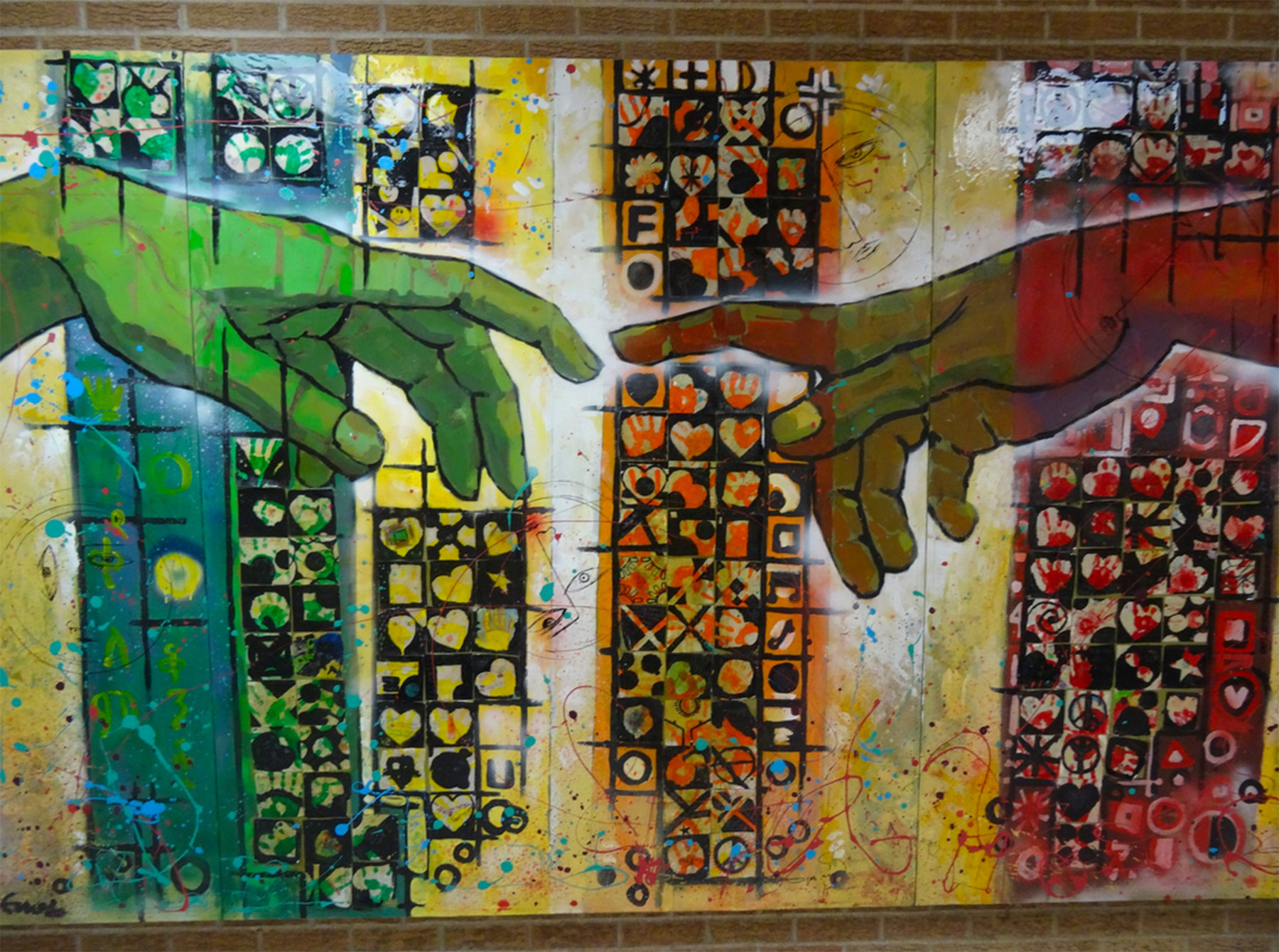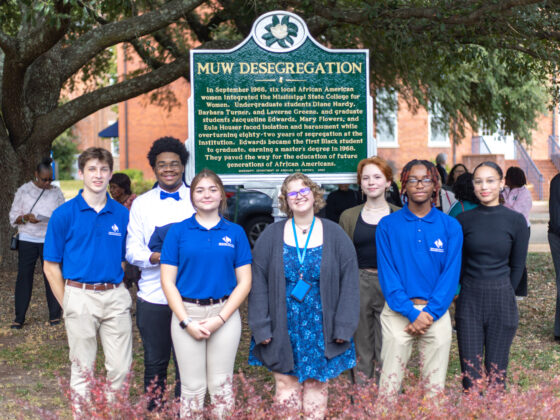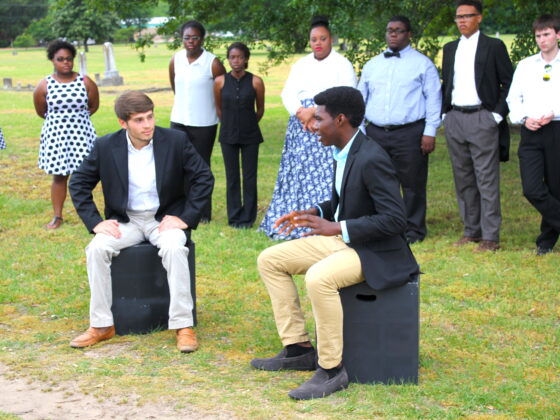When the Sioux Falls, S.D., public schools opened the doors for the new school year a few weeks ago, they welcomed speakers of 60 different languages, an astonishing number. Over 2100 students, nearly 10% of the public school population, were designated as ELL (English Language Learner) students, or those whose English proficiency is limited.
Among ELL students, 31% are Spanish speakers (669 students), 12% Nepali (259), and 6% Arabic (135). In addition, there are 129 students who speak Swahili, 101 Somali, 93 Amharic, 84 Tigrinya (a Semitic language from the Horn of Africa) and 77 French.
A very long tail of other languages in Sioux Falls schools include 27 languages with only one or two speakers each. I have been studying language and linguistics since middle school, but embarrassingly, I have never heard of MaiMai, which has 27 speakers in the city, or Nuer with 7, or Grebo or Lingala, or a number of others.
Sioux Falls began welcoming Vietnamese refugees in the 1970s, and it continues welcoming refugees today, including most recently Sudanese, Somalis, and Nepalese. I say “welcoming” deliberately, as the outreach and cooperation among churches, schools, civic groups, the city, and community volunteers is deep and obvious. The phrase I heard most often in my talks with those who work with refugees is something like “embrace the challenge”.
Sioux Falls also has a large non-refugee foreign population, many of whom arrived as migrant workers in agriculture and meatpacking and stayed on.
The ELL programs in Sioux Falls are elaborate: the most intense are the elementary, middle, and high school immersion centers, which restrict admission to those who have been in the US less than one year and who test into the lowest levels of English proficiency. The immersion program offers extensive social services, including tutoring, summer school, free lunch, bus passes, and home/school liaisons who help schedule parent/teacher conferences, often with translators. Students can remain in this program for a maximum of two years; after that, they move on to ELL tracks that provide varying levels of supplementary help.
(Below, name tags from Jane Addams School, which has an ELL immersion center. The photo at top is also from the school.)
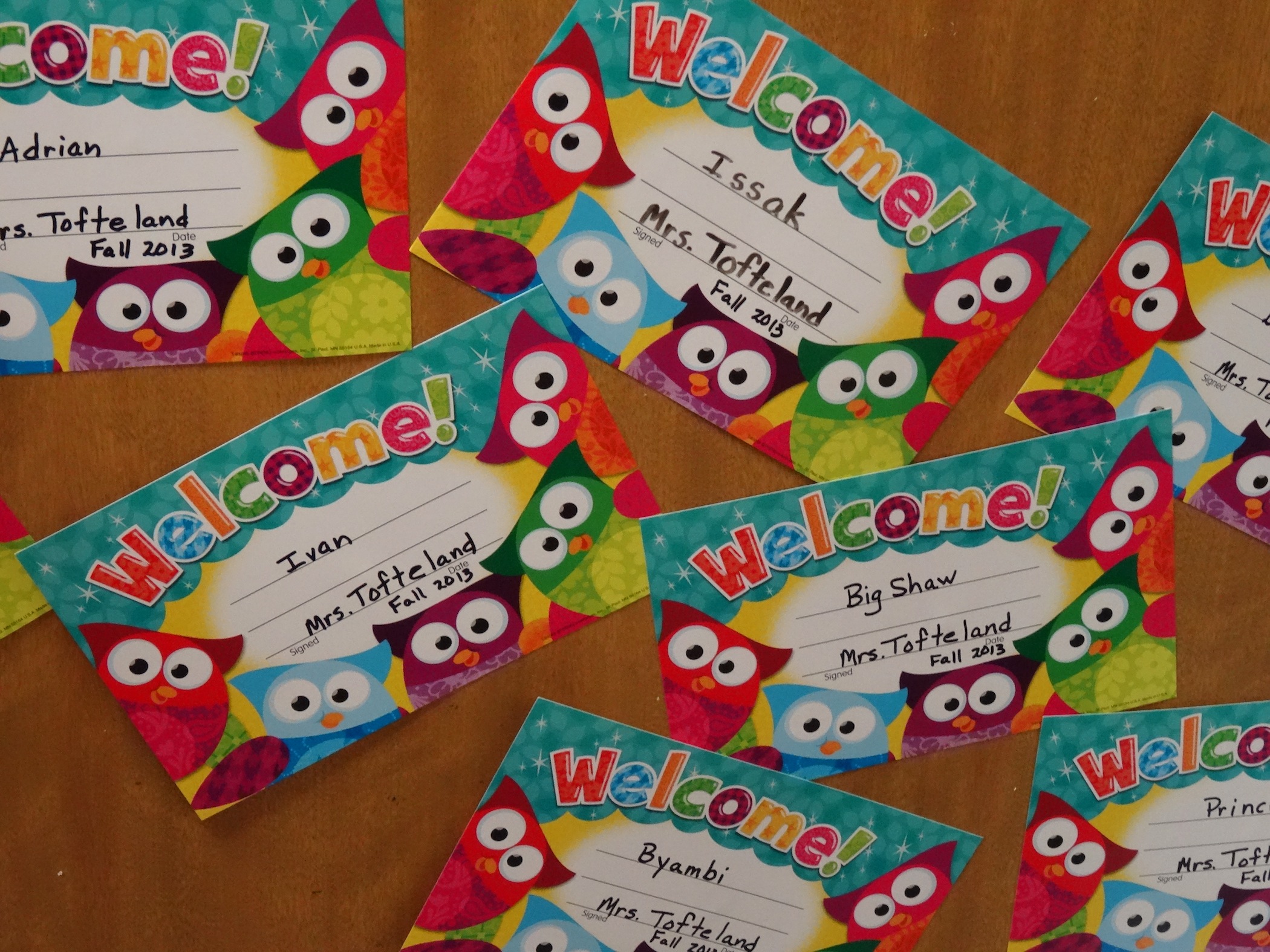
This pastiche of 60 languages comes with 60 cultures. The teachers, administrators, school boards, civic leaders, coaches, policemen, health services of Sioux Falls try to notice, anticipate, and address cultural differences, which are often less obvious than language differences.
Here are some of the cultural and personal points I heard about while talking with school and civic officials, and with refugee children and families:
Gender: Many of the girls come from countries and cultures where education for girls is an afterthought. Arriving in the US, they can be far behind in their school experience or can even be starting school for the first time, no matter what their age. This obviously hurts them academically, and of course, also socially. Boys often have another advantage. In a word: soccer. Being a good athlete translates into many advantages, starting with positive attention from teammates, classmates, coaches, and fans.
Birthdays: Many refugee kids share a January 1st birthday. Why? A mother of 10 from one refugee family told me that if she, instead of her husband, had been present to answer questions during the quick blur of entry paperwork, she would have provided the proper birth dates. The default was January 1st.
Composing a Life: I met a pair of sisters (below) whose family had fled on foot from Darfur. The younger, now 17 years old, had been five at the time. She was separated from her family during a violent episode in the escape, and was lost from them for a week. Miraculously, they were reunited. Now, she is shy in speaking but is learning to write with flair. As a former college admissions officer, I can tell that this girl has a chance to write her way into a college offer. In what struck me as another odd detour in her young life, the girl has joined junior ROTC at her school. She told me she likes the history lessons and the activities that the program provides. Her one disappointment is that she is never allowed to “dress” formally on special ROTC occasions. The reason: ROTC rules won’t allow her to wear her religious head covering with formal uniform.
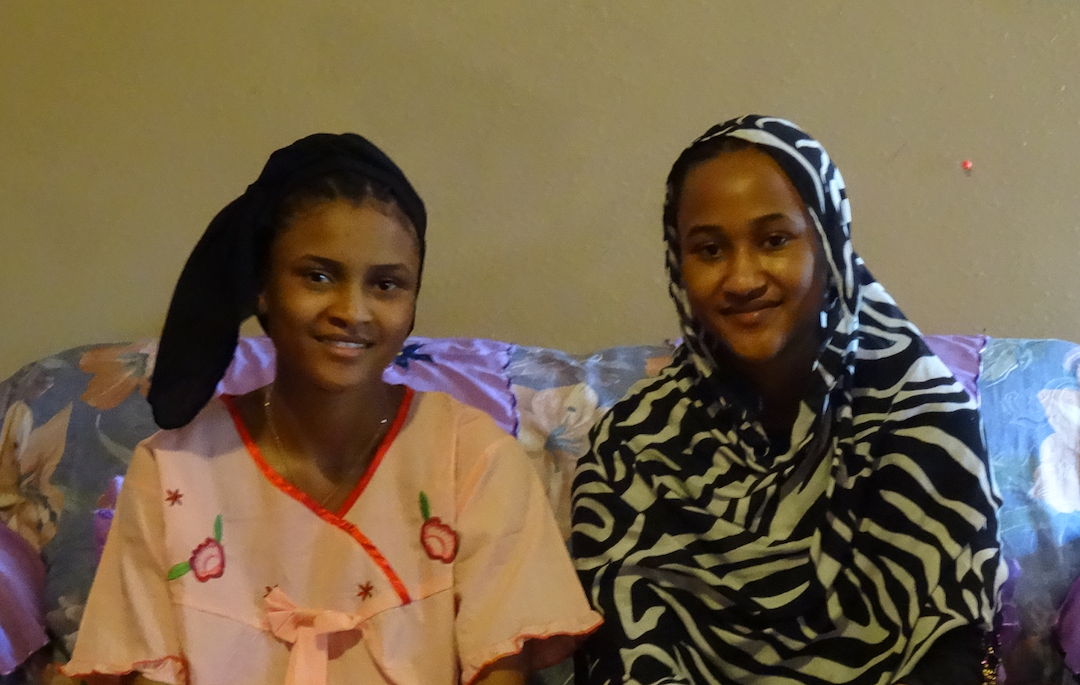
Lunch: Many students told me that because of their sketchy schooling backgrounds in camps and native countries, they don’t get into the classes with the “American kids” as they call them, leaving only lunch as potential hangout time to mix and mingle. They also said that while friendships at least have a chance to start at lunch, they usually also end at lunch, rarely spilling beyond that. After school jobs and transportation issues and social expectations complicate the out-of-school scenes.
And more on lunch: School administrators noticed that it seemed particularly cruel to have fasting students sit in the lunch room during Ramadan, where they had to watch everyone else eat. So, the school provided an alternative place for fasting students to spend that time.
These are some of the life issues that come within the linguistic and cultural landscape of Sioux Falls.

